Delve into the awe-inspiring realm of space with a collection of mind-boggling facts that push the boundaries of human understanding. From mind-bending phenomena to astonishing discoveries, these space facts will expand your perspective and ignite your curiosity about the vast cosmos surrounding us. Join us on a journey through the final frontier to uncover the wonders that are truly out of this world.
The Observable Universe

The vastness of the observable universe is staggering, showcasing the sheer scale of cosmic structures and the countless possibilities they hold. From galaxies colliding to stars being born and dying, the observable universe is a canvas of cosmic evolution that spans unimaginable distances and timescales, offering insights into the origins and fate of everything within it.
Black Holes
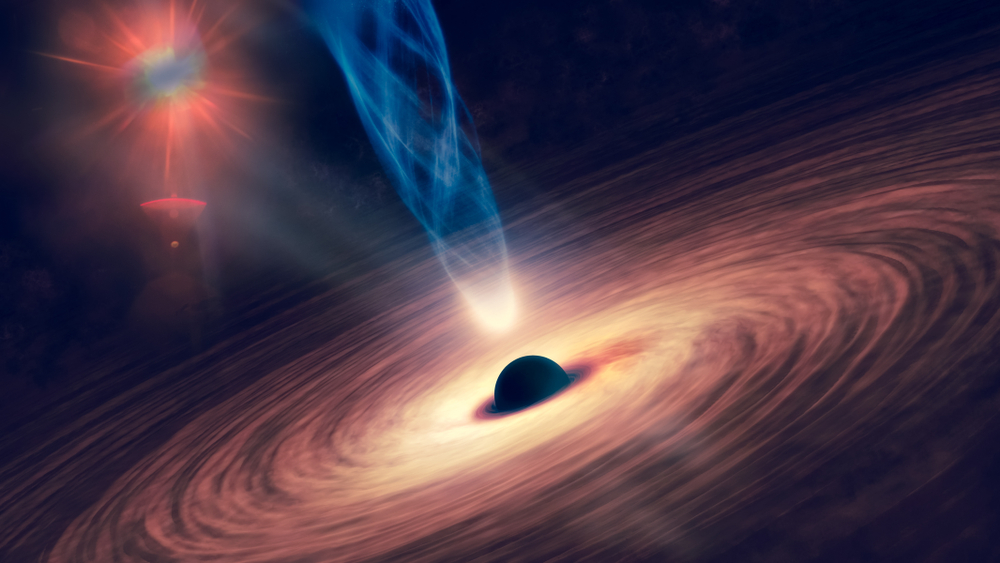
Black holes represent the extreme limits of gravity, where the laws of physics as we know them break down. Their ability to warp space and time profoundly impacts their surroundings, influencing the formation of galaxies, stars, and even the fabric of the universe itself.
Galactic Cannibalism
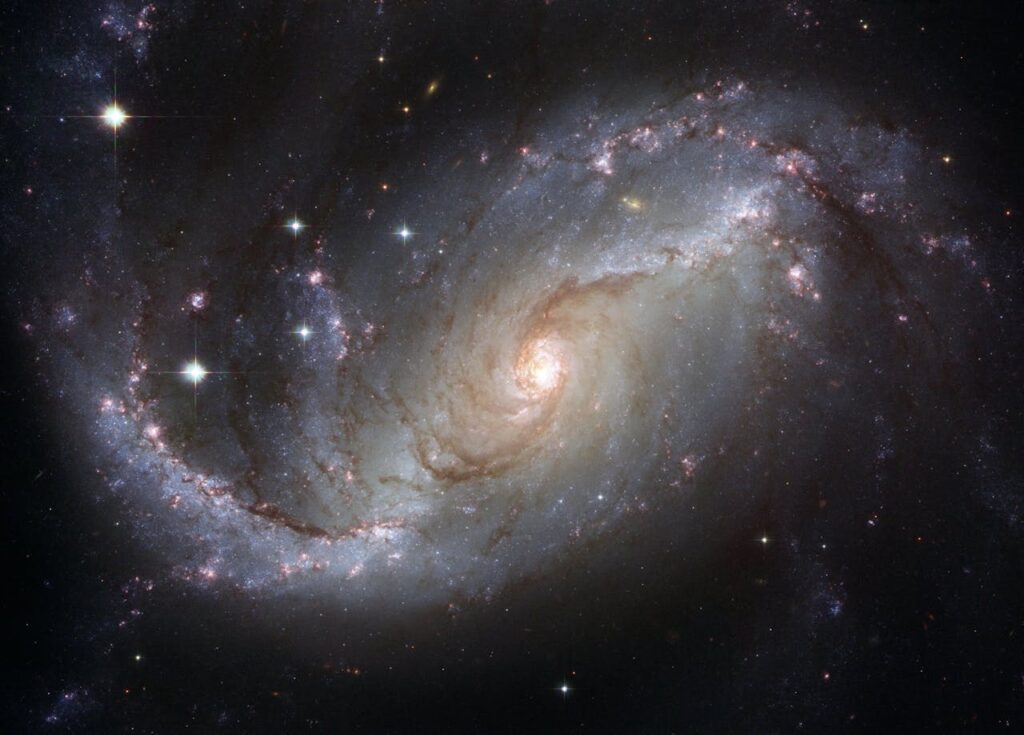
The phenomenon of galactic cannibalism underscores the dynamic nature of galaxies, showcasing how they grow and evolve through interactions with one another. This process shapes the distribution of matter in the universe and contributes to the diversity of galactic structures we observe today.
The Speed of Light

The speed of light serves as a cosmic speed limit, dictating how quickly information and energy can travel across the vast distances of space. It enables astronomers to peer deep into the universe’s past, capturing light from distant stars and galaxies that has traveled for billions of years to reach our telescopes.
Dark Matter and Dark Energy

These enigmatic components of the universe reveal the complexities of its composition and behavior. Dark matter’s gravitational influence helps shape the large-scale structure of the cosmos, while dark energy drives the accelerated expansion of the universe, challenging our understanding of fundamental physics.
Supernovae

Supernovae are cosmic crucibles that forge heavy elements and disperse them into space, seeding future generations of stars and planets. Their explosive nature releases energy equivalent to millions of suns, shaping the cosmic environment and influencing the conditions for life.
Exoplanets

The discovery of exoplanets highlights the diversity of planetary systems beyond our own, sparking discussions about habitability and the potential for life elsewhere in the universe. Studying these distant worlds offers valuable insights into planetary formation and evolution processes.
Neutron Stars

Neutron stars represent the extreme outcomes of stellar evolution, packing the mass of a star into a city-sized object with mind-boggling densities and magnetic fields. Their properties challenge our understanding of nuclear physics and the behavior of matter under extreme conditions.
Quasars
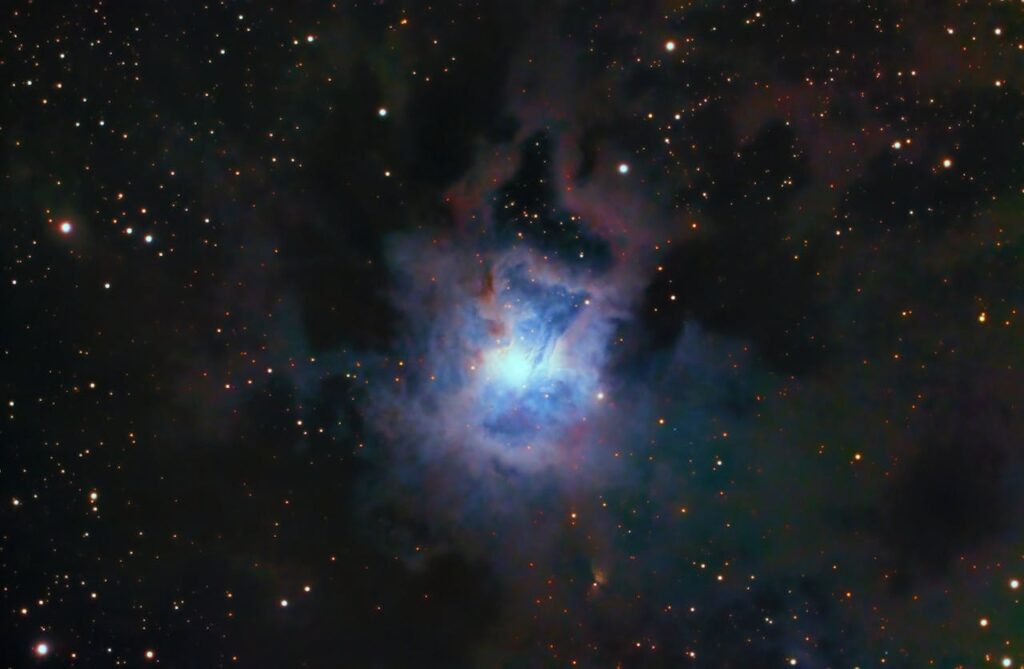
Quasars serve as cosmic beacons powered by supermassive black holes, illuminating the distant universe and providing clues about galactic evolution and the nature of active galactic nuclei. Their intense emissions across various wavelengths make them crucial objects for studying the universe’s early stages.
Gravitational Waves

Gravitational waves offer a new window into the universe, allowing us to detect the ripples in spacetime caused by cataclysmic events such as black hole mergers and neutron star collisions. This breakthrough in observational astronomy provides direct evidence of Einstein’s theory of general relativity and opens avenues for studying extreme astrophysical phenomena.
The Cosmic Microwave Background Radiation
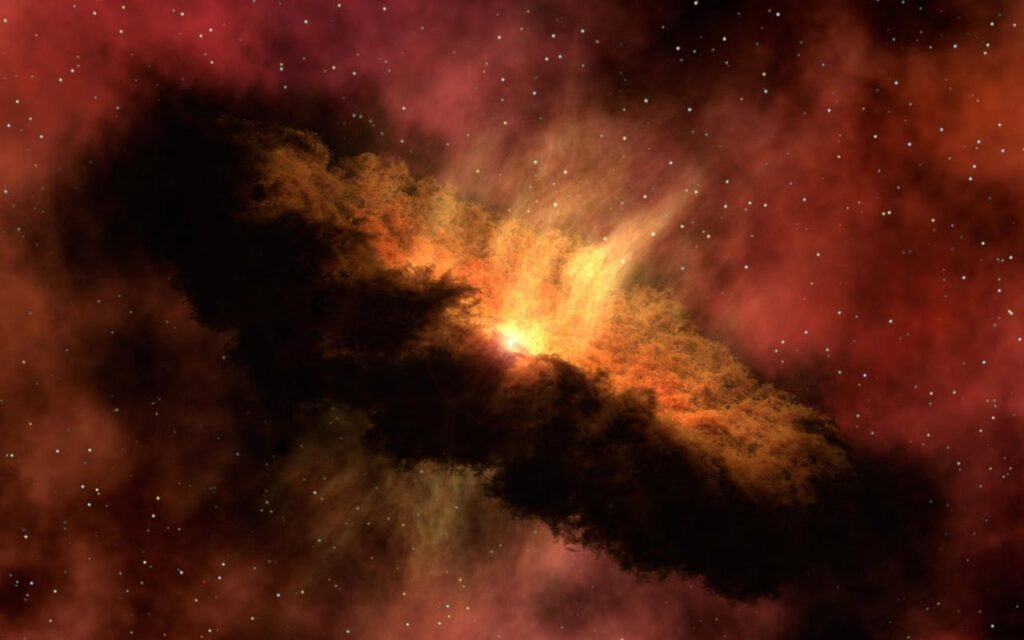
The cosmic microwave background radiation is a relic of the universe’s infancy, offering a snapshot of its early conditions and providing vital clues about its origin, evolution, and composition. Studying its subtle fluctuations unveils the seeds of cosmic structure that eventually led to the formation of galaxies and galaxy clusters.
Pulsars

Pulsars are cosmic clocks that enable precise tests of fundamental physics, including theories of gravity and the nature of matter in extreme environments. Their regular pulses of radiation reveal insights into neutron star properties and the dynamics of stellar remnants.
The Great Attractor

The mysterious pull of the Great Attractor highlights the complex gravitational dynamics shaping the cosmic web of galaxies. Understanding its nature and influence provides valuable information about the large-scale structure of the universe and the forces driving cosmic evolution.
White Dwarfs

White dwarfs represent the fate of stars like our Sun, showcasing the endpoint of stellar evolution and the processes of stellar remnant cooling. Their study helps unravel the life cycles of stars and the eventual fate of planetary systems.
Gamma-Ray Bursts

Gamma-ray bursts are among the most energetic events in the universe, releasing colossal amounts of energy in brief but intense bursts. Their origins, whether from supernovae, neutron star mergers, or other phenomena, continue to be a subject of intense research, offering insights into extreme astrophysical processes.
The Oort Cloud

The Oort Cloud provides a reservoir of cometary bodies that occasionally visit the inner solar system, contributing to the dynamic processes of planet formation and evolution. Its existence helps explain the origins of long-period comets and their occasional spectacular appearances in our skies.
The Kuiper Belt

The Kuiper Belt extends our understanding of the solar system’s outer reaches, showcasing a region rich in icy bodies and dwarf planets. Studying Kuiper Belt objects offers insights into the primordial materials that formed the solar system and the dynamics of its distant regions.
The Drake Equation

The Drake Equation stimulates discussions about the potential prevalence of extraterrestrial civilizations, exploring the factors that influence the likelihood of intelligent life in the galaxy. It serves as a framework for considering the cosmic implications of life beyond Earth.
Solar Flares and Coronal Mass Ejections
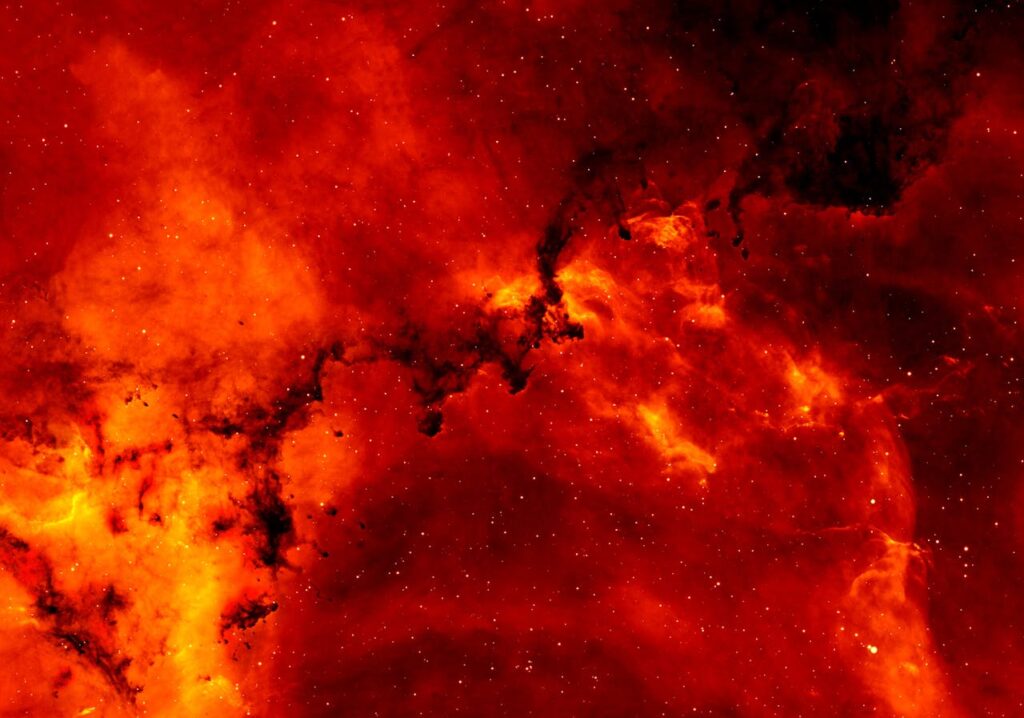
These solar phenomena highlight the dynamic nature of our nearest star, impacting space weather and technological systems on Earth. Studying solar flares and coronal mass ejections enhances our understanding of solar activity and its effects on planetary environments.
The Hubble Space Telescope
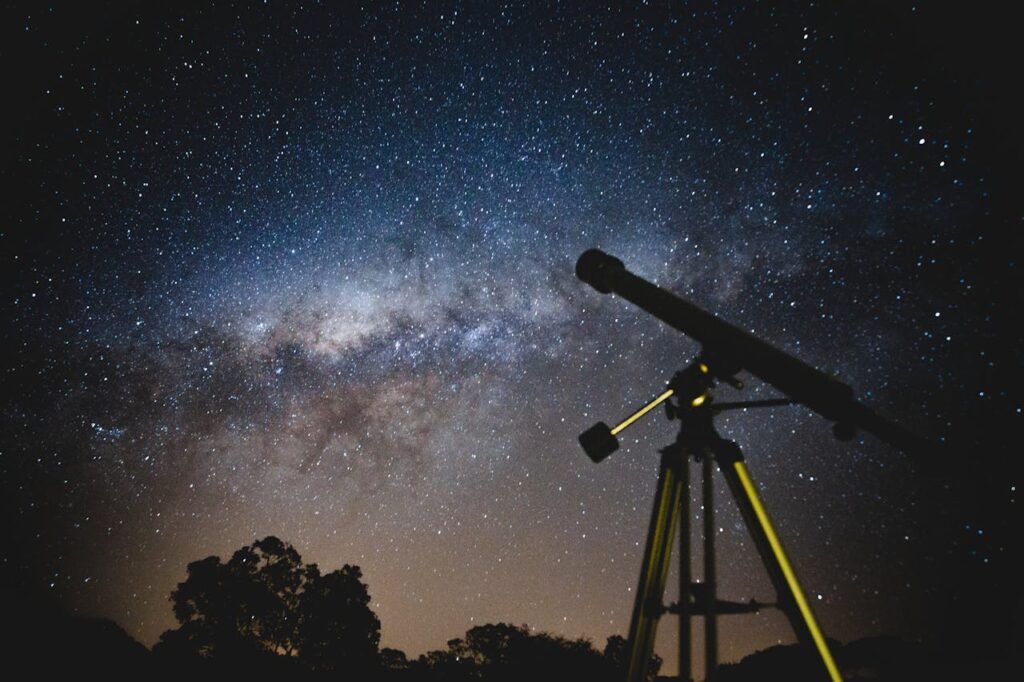
Hubble’s groundbreaking observations have revolutionized our understanding of the universe, capturing stunning images of distant galaxies, nebulae, and other cosmic phenomena. Its role in shaping modern astronomy and cosmology cannot be overstated, providing a wealth of data that continues to drive scientific discoveries.
The Voyager Probes

Voyager 1 and 2 represent humanity’s farthest-reaching explorers, carrying messages and scientific instruments beyond the solar system. Their ongoing journeys offer insights into the interstellar medium and the conditions of space beyond our planetary neighborhood.
The Age of the Universe
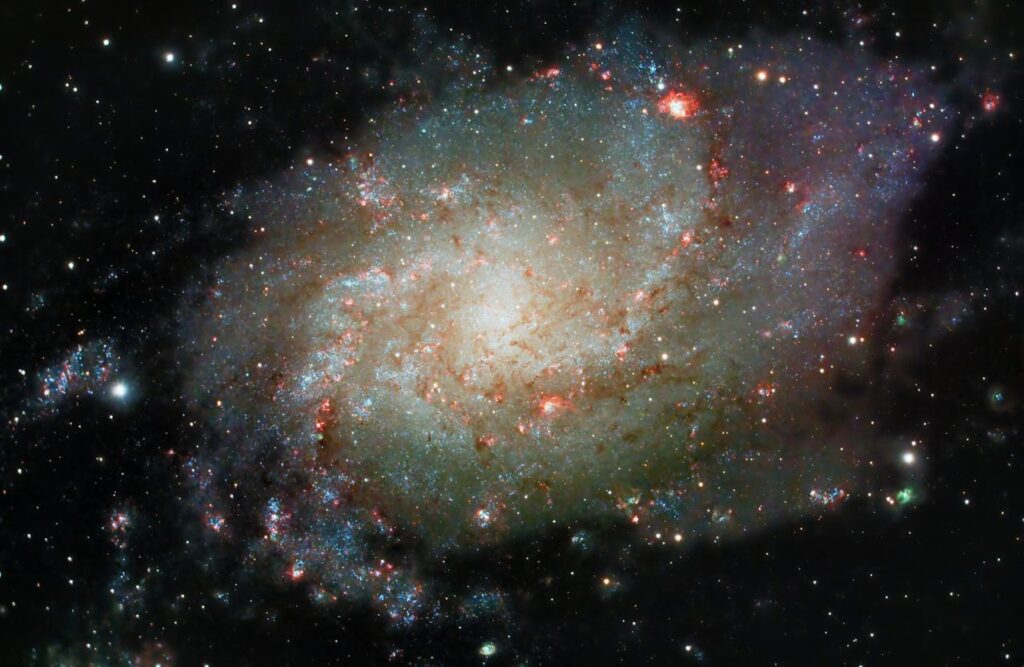
Knowing the age of the universe informs our understanding of cosmic evolution, placing constraints on theories of its origin and development. It provides a framework for studying the cosmic timeline and the processes that have shaped the universe over billions of years.
Dark Nebulae
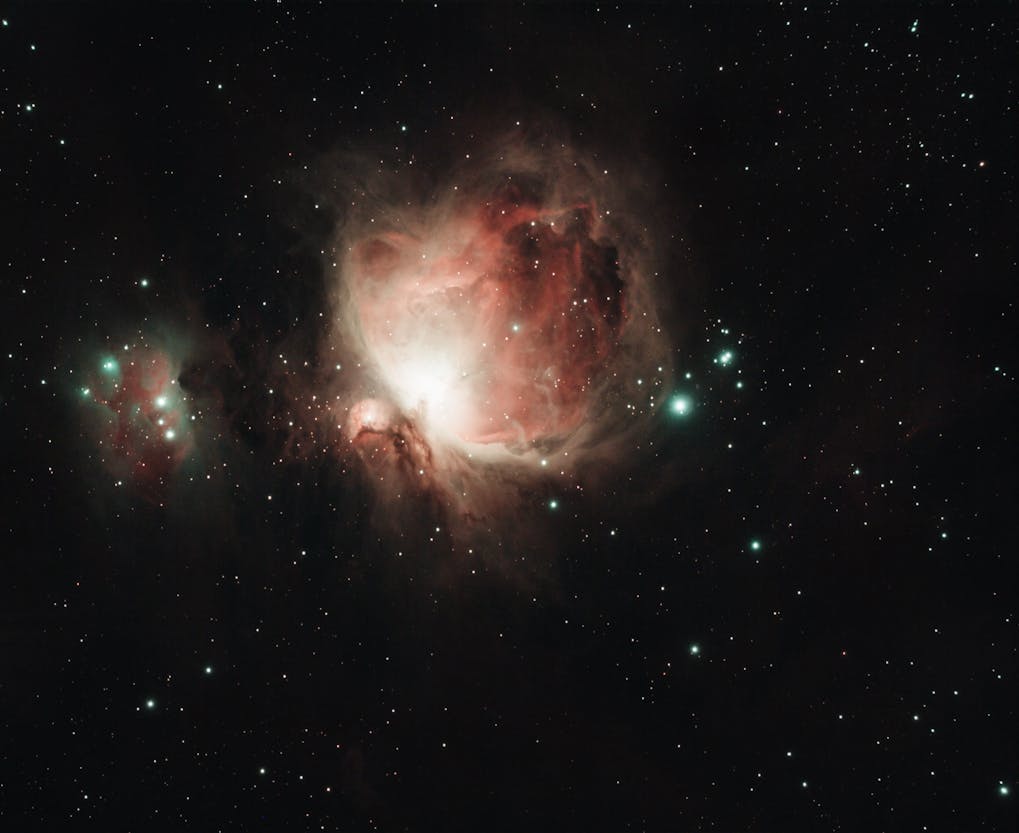
Dark nebulae reveal the intricate structures and processes occurring within interstellar clouds, where new stars and planetary systems form. Their dusty veils obscure background light, creating mesmerizing patterns in the night sky and offering windows into stellar nurseries.
The Antimatter Mystery
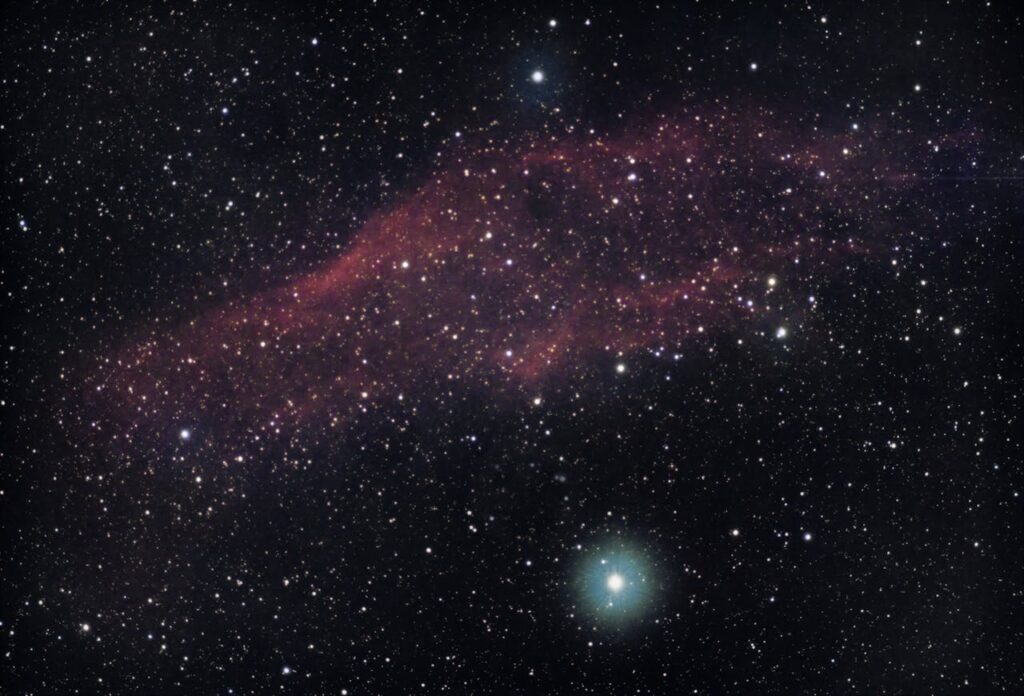
Antimatter’s scarcity in the universe raises fundamental questions about its origins, properties, and interactions with normal matter. Investigating the antimatter puzzle could unlock deeper insights into particle physics and the fundamental nature of the cosmos.
Space Colonization

As humanity explores the possibilities of space colonization, we confront challenges and opportunities that could shape our future as a spacefaring civilization. From sustainable habitats on other planets to interstellar travel concepts, the vision of space colonization sparks imagination and drives technological advancements with profound implications for our species.
This article originally appeared on UnifyCosmos.
More from UnifyCosmos
14 Affordable Health Supplements Pharmacists Recommend

When it comes to keeping our health in check, we all want the best bang for our buck. That’s why many turn to pharmacists, the experts in medicines, for advice on what to take. They know all about which health supplements can do wonders for our well-being without breaking the bank. Read More
15 Low-Cost Fitness Apps Personal Trainers Love

Finding the right tools to stay fit without breaking the bank can be a challenge, but it’s not impossible. For personal trainers and their clients, there are some great apps out there that make fitness accessible and fun, without costing a fortune. Read More
20 Office Fashion Hacks for a Professional Look

Looking polished and professional in the office doesn’t have to be a challenge. With a few simple fashion hacks, you can effortlessly elevate your work wardrobe and make a lasting impression. Read More
Leave a Reply